Decisions favouring the Tackler
The companion piece to my previous article on the refereeing of the tackle area in the English Premiership, examines the officiating patterns in the same aspect of the game during the recent Trans-Tasman tournament.
Firstly, a brief reminder of the aims set out by the original 2020 manifesto. The new principles were explained very well in this video by New Zealand Rugby Referee Manager Bryce Lawrence and current official Paul Williams.
There are three main changes of behaviour indicated:
1. Preventing any extra movements on the ground by the ball-carrier before release – “Ball-carriers are allowed one dynamic movement on the ground before they place/pass. If they are clearly held, they cannot crawl forward after hitting the ground.”
2. Getting the tackler away from the ball quickly. “Tacklers must not impede the attacker’s ability to clean out – they take all responsibility to get out. To reward a jackal (defender trying to pick up the ball on the ground), the tackler must not impede the cleanout. Dealing with the tackler is the Number One priority.”
3. ‘Jackals’ are required to support their bodyweight throughout the process in order to win the ball. “To be rewarded, a jackal must arrive first, in a position where they are supporting their own weight, and show a clear lift of the ball with both hands. ‘Bouncing’ past the ball, and then [dragging the hands] back on to the ball is NOT allowed.”
Let’s take a look at the different set of refereeing priorities which emerged during Trans-Tasman. Where English Premiership referees tend to be very strict about arriving defenders supporting their bodyweight throughout the process of picking the ball up, Trans-Tasman refs were inclined to be lenient:
Both defenders are momentarily over-extended while establishing position over the ball – but in one case they are penalized, in the other they are rewarded.
The original guidelines observe that “tacklers must not impede the attacker’s ability to clean out – they take all responsibility to get out.” Premiership players tend to flip to their own side of the ruck, or make obvious efforts to clear the tackle zone.
In Trans-Tasman, the tackler was frequently allowed to remain as an active part of the contest and obstruct either the cleanout, or the number 9 looking to play the ball:
These are both clear examples of ‘shielding’ – using the tackler to obstruct the path of the cleanout players to the ball and shield the jackal from attempts to remove him. Both actions are rewarded with penalties, which would have gone to the attacking side in the English Premiership.
The third major point of the new guidelines required that “a jackal must arrive first, in a position where they are supporting their own weight, and show a clear lift of the ball with both hands. ‘Bouncing’ past the ball, and then [dragging the hands] back on to the ball is NOT allowed.” The capitalization shows how important the issue of ‘bouncing’ past the ball, then dragging the hands back on to it is considered to be.
In practice, jackals were frequently rewarded for this type of behaviour in Trans-Tasman:
In all three instances, the hands of the defender bounce well past the ball before he locks on to it and is rewarded with a turnover penalty.
The central tenet of the tackle area overhaul was to manage the actions of the tackler: “Dealing with the tackler is the Number One priority”. If there was one underpinning idea, it was to get the tackler away from the ball quickly.
In Trans-Tasman, tackler was allowed to stay on the ball without showing a sufficiently clear release:
In both of these examples, the ball-carrier never gets the chance to present the ball because the tackler remains ‘sticky’ throughout the entire process.
Why does this matter? The failure to release the ball-carrier fully tends to be the kiss of death to attacking play, even after a clean break has been made:
There is no demand for a clear release at the tackle, and the tackler is able not only to demand a cleanout from the first support player, but then get up off the ground and sack the number 9 on the following play!
World Rugby appears to have reached an important crossroads in terms of the refereeing of the tackle area. The 2020 guidelines have been digested in very different ways in two of the most high-profile competitions in the world, in opposite hemispheres. The English Premiership is sticking closest to the original letter and spirit of the changes, and presents as the most positive road forward for the game as a whole.
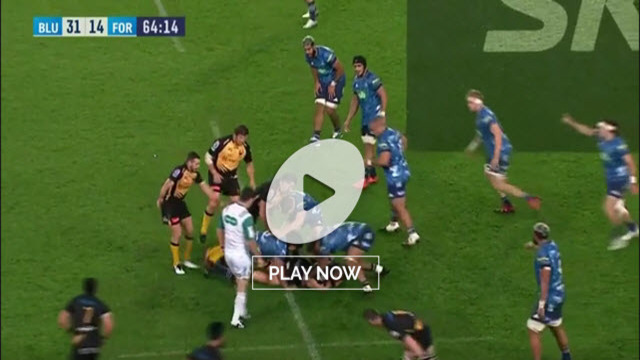


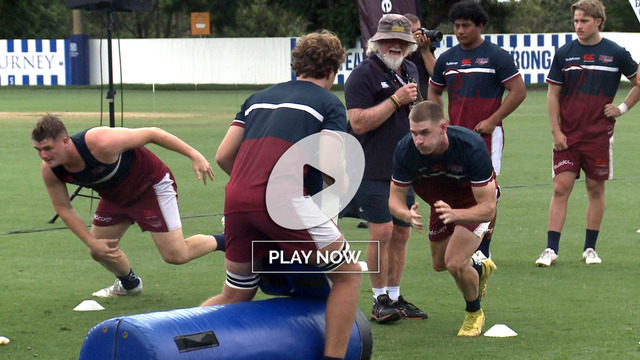
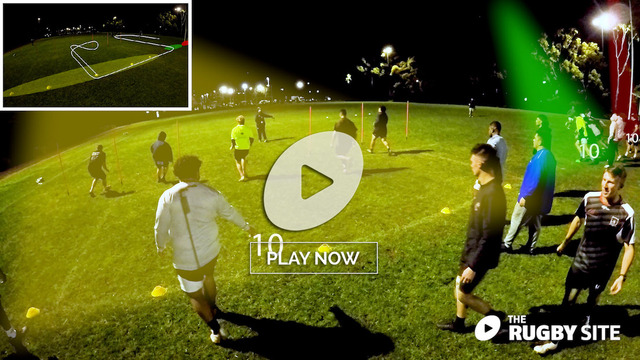

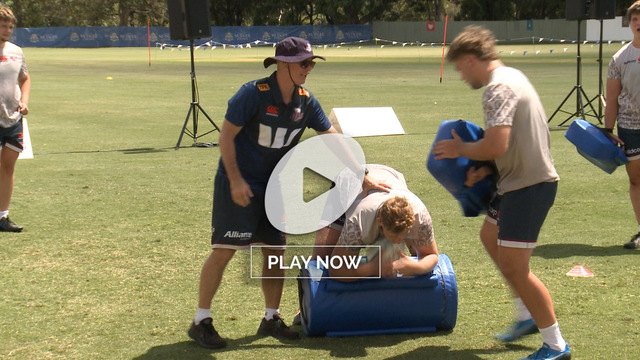
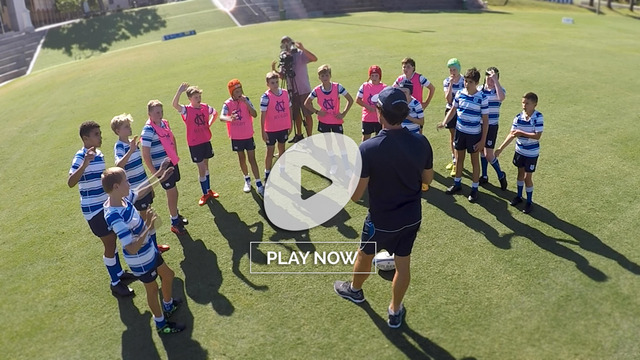

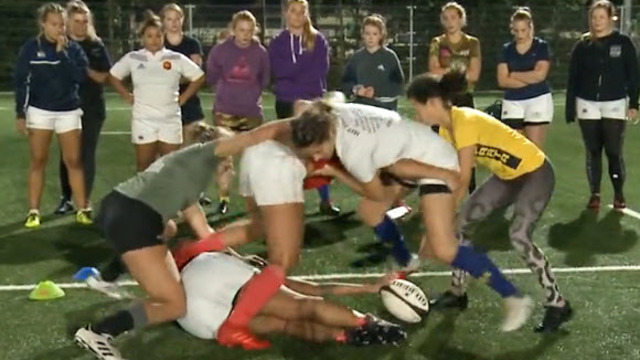

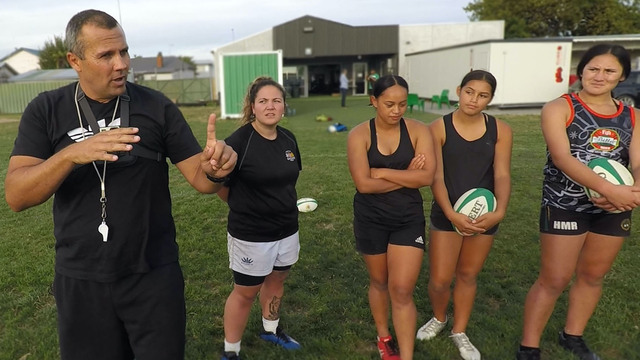

.jpg)
.jpg)
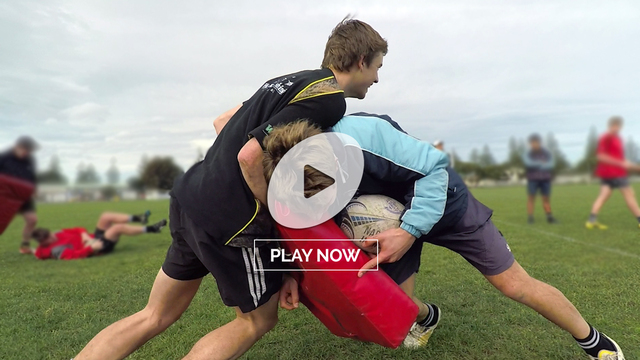
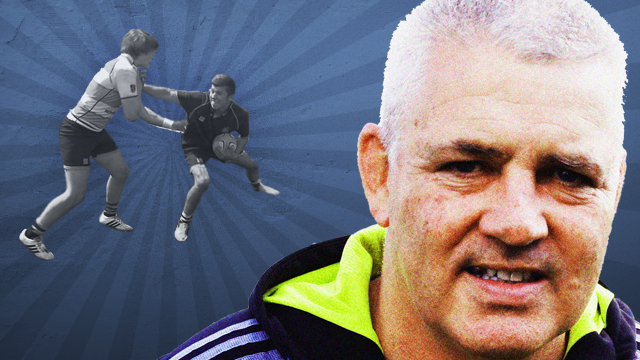
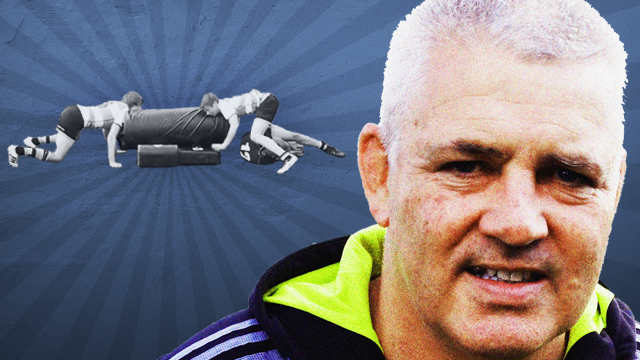

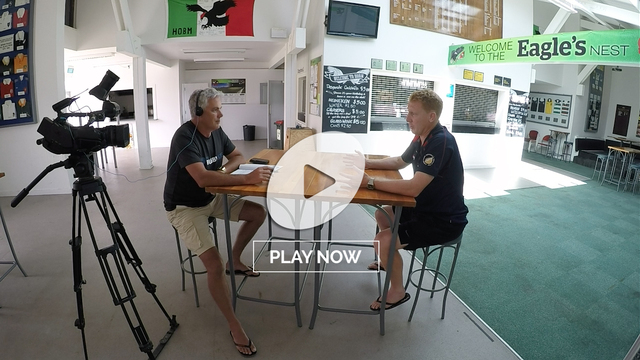
_no_button.jpg)

